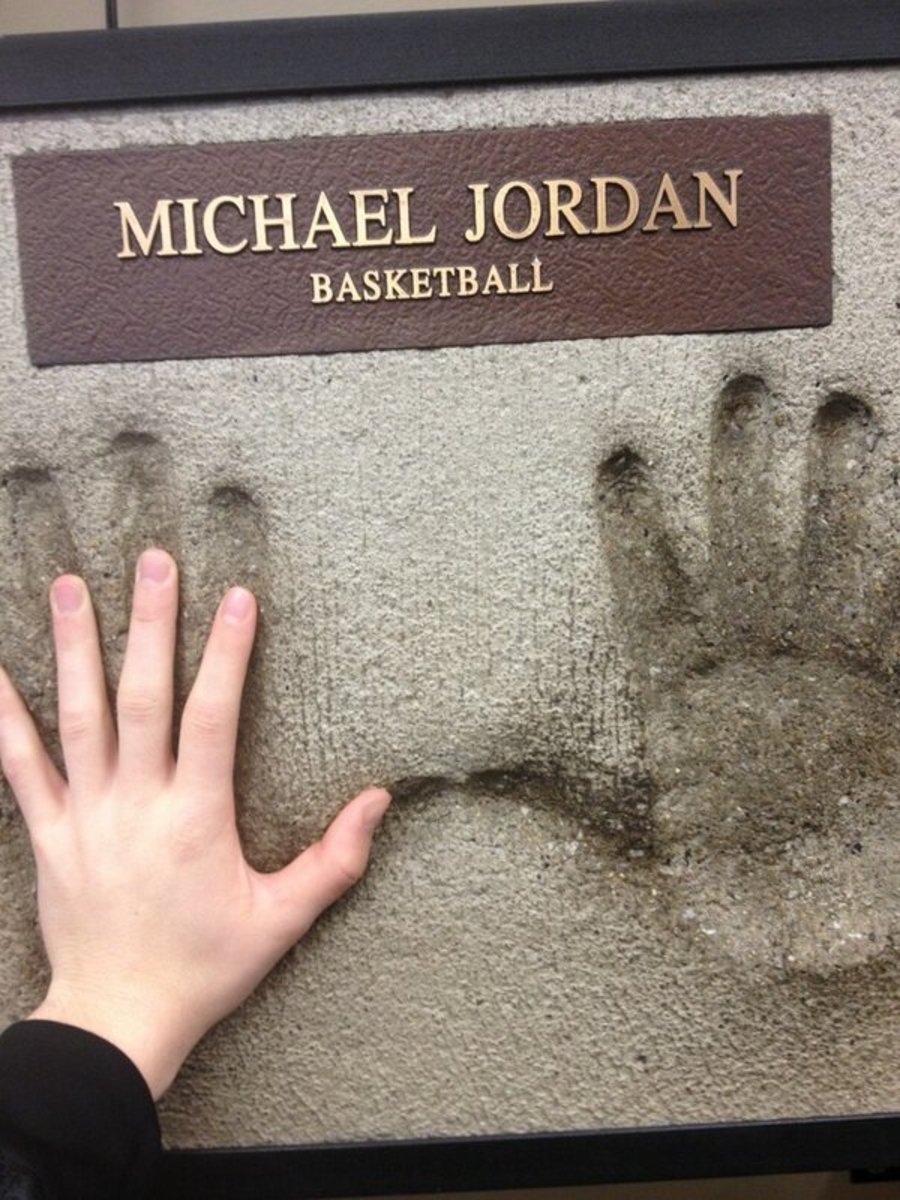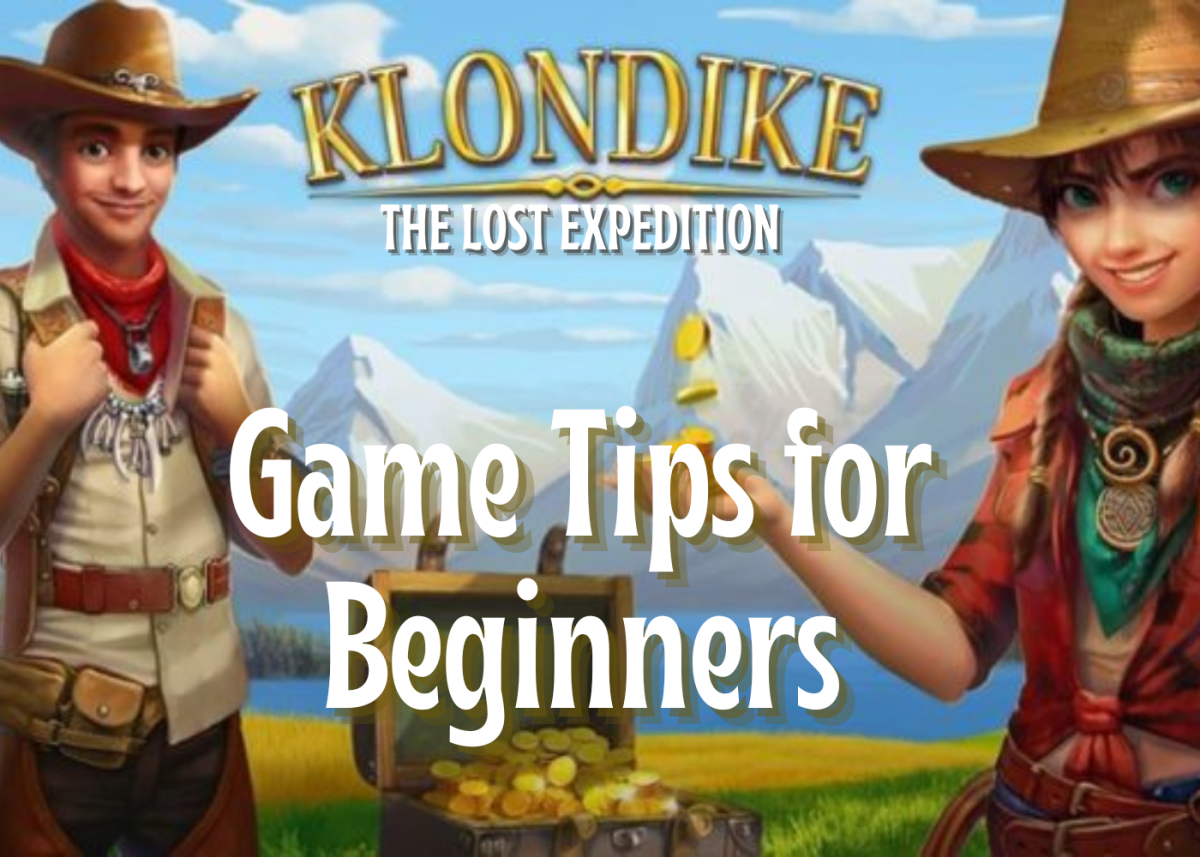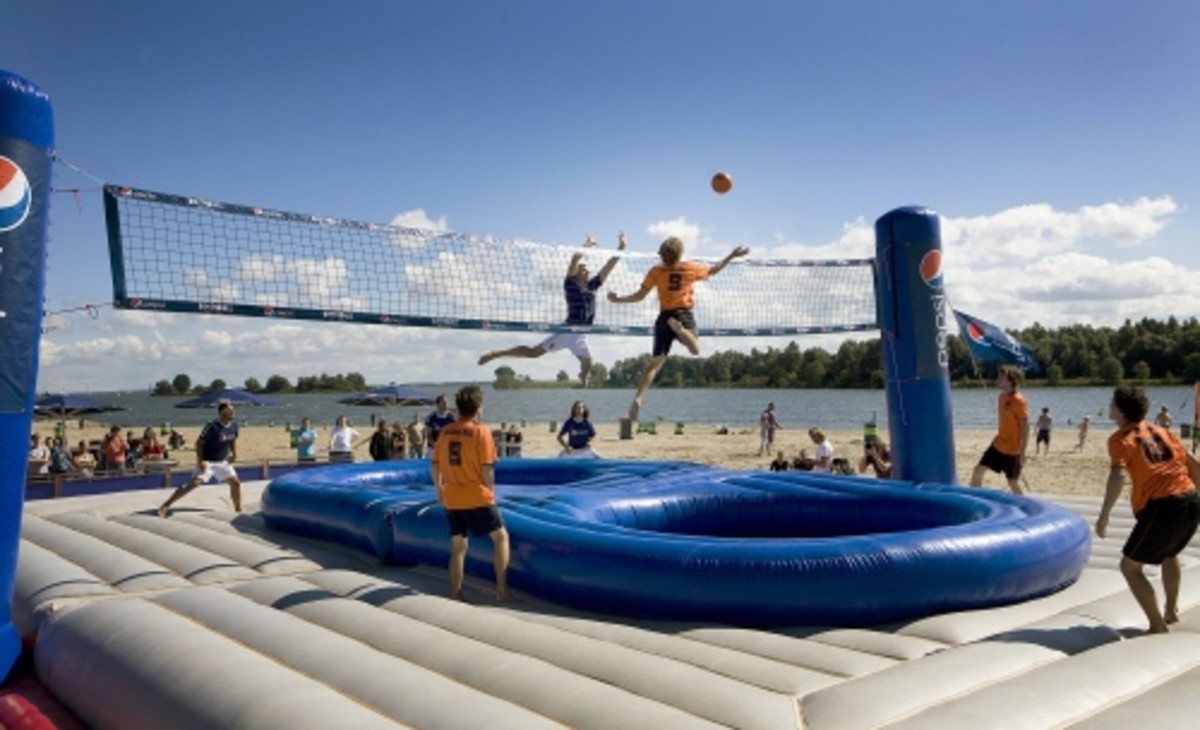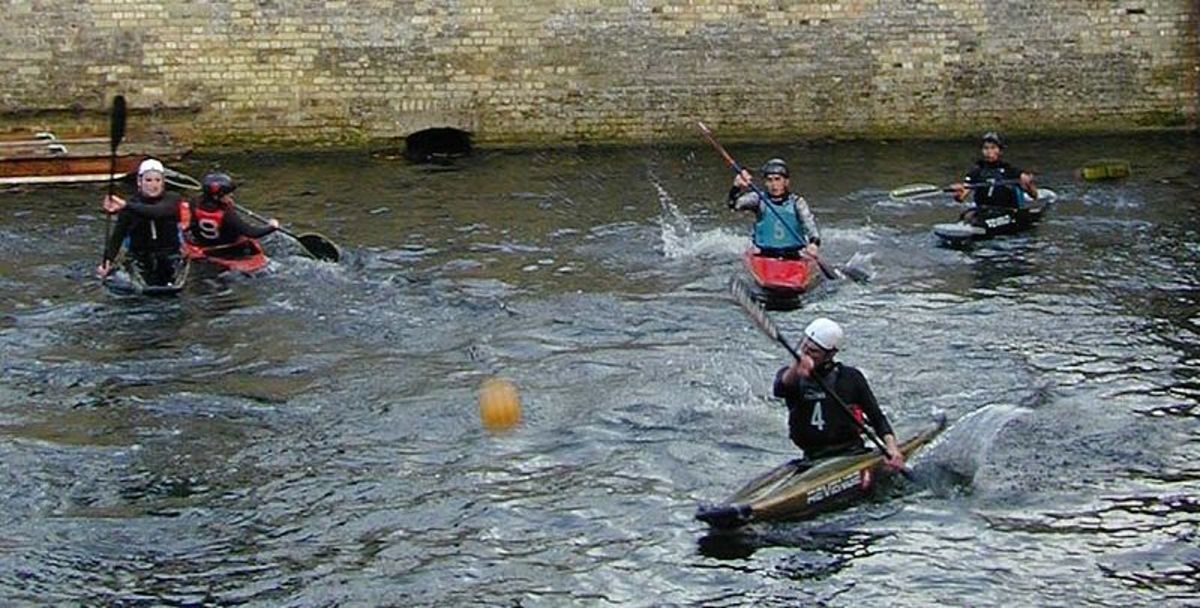Rugby Union Lineout
Rugby Lineout
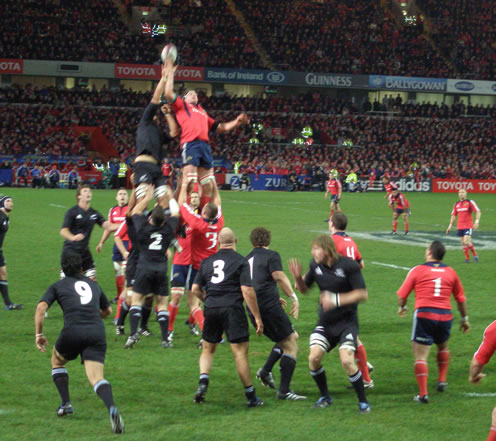
Rugby Line-Out
Yes, you can believe your eyes; you just saw a number of two metre tall players lifted into the air to try to catch the ball. What you’ve just witnessed is the rugby lineout. The biggest players from each team lineup alongside each other while one of the players throws the ball down the middle of the two lines. What follows is as graceful and orchestrated a dance move as two tones of players can perform. In one lineout you may some major shuffling of feet, shadow games of running backwards and forwards, and often up to four players being thrown up into the air to compete for the ball. It is in stark contrast to the forceful and explosive energy witnessed in a scrum.
Read on to find out what causes a lineout, and what is actually happening. For a more in depth analysis, check out this article on the rugby line-out.
Watch a selection of lineout moves in the below video:
Rugby Lineout Video
Rugby Union Line Out
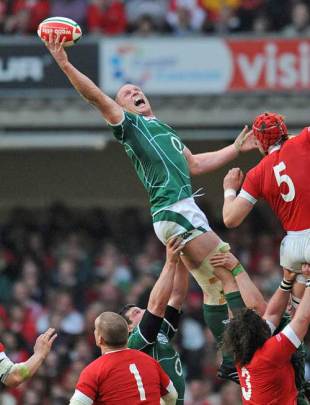
What is a lineout?
The picture on the right shows Paul O'Connell from Ireland competing for a lineout against Wales. He is considered to be one of the best lineout jumpers currently playing.
A lineout is formed whenever the ball crosses the touchline on either side of the field. The players in the lineout execute moves to try to gain possession of the ball for their team. This may include lifting teammates high into the air so they can make attempt at catching the ball.
Watch the video below for an animated demonstration:
Rugby Union Line Out Video
Why does it happen?
A lineout occurs whenever the ball passes over the touchline, providing it doesn’t come forward of a player’s hand or at the kick off. In those cases a scrum would ensue instead.
It is a common attacking weapon from a penalty. If a team is awarded a penalty they can either kick for goal, kick to the sideline for a lineout or take a scrum. They can decide whatever suits them best tactically at that time.
Teams often kick to the sideline in general play also, in the hope that the gain in territory makes up for the loss in possession. The lineout is taken wherever the ball goes out, unless it is kicked out on the full, in which case it is taken from where it was kicked. The exception is a penalty or from behind the team’s 22 metre-line, assuming it was not passed back to the kicker.
International Rugby Lineout
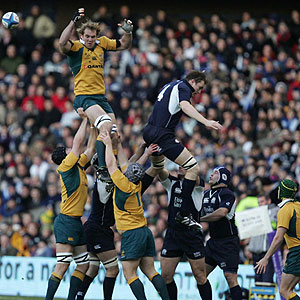
Lineout Exponent Victor Matfield

Who competes in the lineout?
Whoever wants to contest the lineout, can. However, the hooker is inevitably the player who throws in the ball. Usually a lock or flanker is thrown in the air to catch the ball, with the props and anyone else lifting them. It is very rare to see a back in the lineout.

Some Lineout Techniques
The video below offers the following advice:
The lineout jumpers should always have their eyes on the ball as they drive upward to secure the ball. They must then control its delivery to support players. While it is up to the jumper to initiate the jump, the support players must coordinate their movements to be in a position to step forward and grip the jumper on the waist and drive him up from a low position using their legs. It is important that they stabilize the jumper by locking the elbows with their arms held at full stretch, feet shoulder width apart. The jumper must be lowered to the ground regardless of the success of the jump.
Support players may have different roles according to the target area chosen.
Lineout ball can be delivered in several ways. The most common are: pulled in and driven, pulled in and fed to a support player, or fed to a support player off the top.
The thrower should throw form a stable base with fingers spread on the ball, pushing their elbows through with power coming from the wrist and forearm with a good follow through.
It is important for the jumper to have confidence in his support players when contesting for lineout ball. This allows him the freedom to concentrate on predicting the opposition’s throwing.
Watch the video to see this demonstrated.
Instructional Rugby Union Lineout Video
Hub writing is easy, fun, free and you can even make money doing it!
Click here to write your own hub!
Rugby Links
- All Blacks Rugby
The All Blacks rugby team are widely considered to be one of the most successful teams in sport. Since their inception in 1884 they have maintained a 75% winning record and have only ever been beaten by five teams. - Rugby Union Merchandise
- Rugby Union - Rugby Union Books
Rugby Lineout Books

Lineout Opinion Poll
Is it too hard for a team to win their own lineout?
Leave a comment about the Rugby Union Lineout, or better yet - write a hub of your own!
Hub writing is easy, fun, free and you can even make money doing it!


